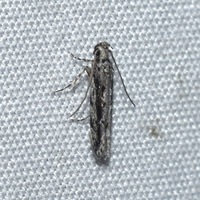 | Recorded by: Jeff Niznik on 2024-07-12
Watauga Co.
Comment: | 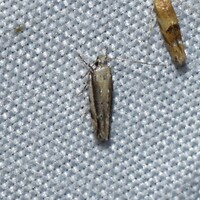 | Recorded by: David George, Jeff Niznik, Stephen Dunn on 2024-06-29
Chatham Co.
Comment: |
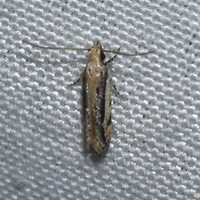 | Recorded by: David George, Stephen Dunn, Jeff Niznik, Patrick Coin on 2024-06-22
Chatham Co.
Comment: | 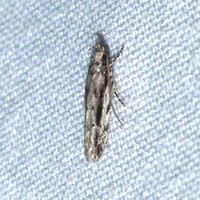 | Recorded by: Jeff Niznik on 2024-06-15
Scotland Co.
Comment: |
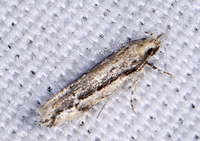 | Recorded by: John Petranka, David George on 2023-08-05
Orange Co.
Comment: | 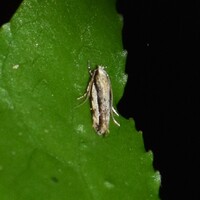 | Recorded by: Jeff Niznik, Stephen Dunn on 2023-07-26
Chatham Co.
Comment: |
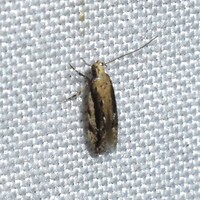 | Recorded by: David George, Jeff Niznik on 2023-07-24
Orange Co.
Comment: | 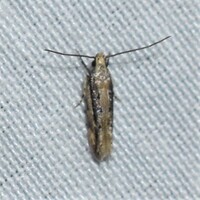 | Recorded by: David George, Jeff Niznik on 2023-06-06
Durham Co.
Comment: |
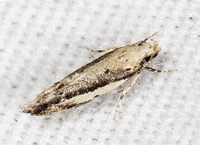 | Recorded by: John Petranka on 2022-08-26
Orange Co.
Comment: | 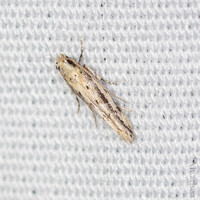 | Recorded by: David George, L. M. Carlson on 2022-05-28
Orange Co.
Comment: |
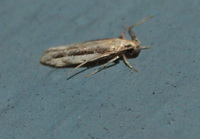 | Recorded by: Vin Stanton on 2020-07-19
Buncombe Co.
Comment: | 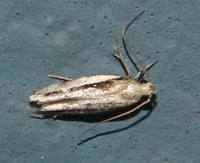 | Recorded by: Vin Stanton on 2020-07-19
Buncombe Co.
Comment: |
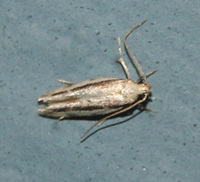 | Recorded by: Vin Stanton on 2020-07-19
Buncombe Co.
Comment: | 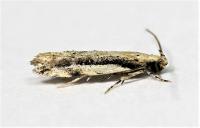 | Recorded by: Rob Van Epps on 2020-06-20
Mecklenburg Co.
Comment: |
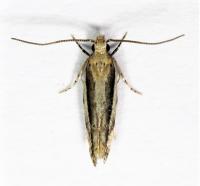 | Recorded by: Rob Van Epps on 2020-06-20
Mecklenburg Co.
Comment: | 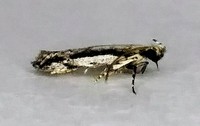 | Recorded by: Gary Maness on 2019-06-09
Guilford Co.
Comment: |
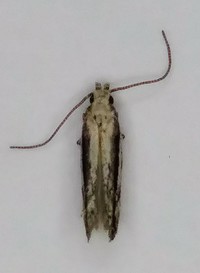 | Recorded by: Gary Maness on 2019-06-09
Guilford Co.
Comment: | 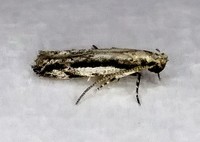 | Recorded by: Gary Maness on 2019-06-09
Guilford Co.
Comment: |
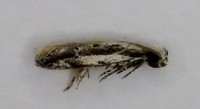 | Recorded by: Gary Maness on 2019-06-01
Guilford Co.
Comment: | 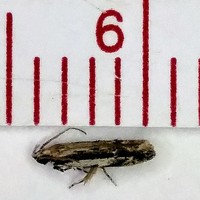 | Recorded by: Gary Maness on 2019-06-01
Guilford Co.
Comment: |
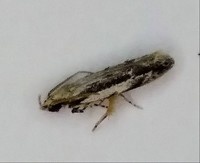 | Recorded by: Gary Maness on 2019-06-01
Guilford Co.
Comment: | 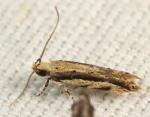 | Recorded by: B. Bockhahn, P. Coin, C. Sorenson on 2015-07-24
Orange Co.
Comment: |
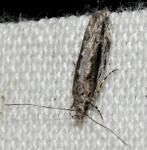 | Recorded by: B. Bockhahn, K. Kittelberger on 2014-08-31
Washington Co.
Comment: | 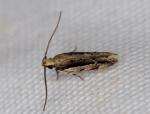 | Recorded by: T. DeSantis on 2013-07-14
Camden Co.
Comment: |
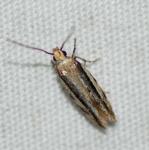 | Recorded by: K. Kittelberger on 2012-06-19
Wake Co.
Comment: |

 »
»



 »
»

